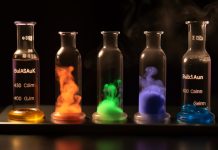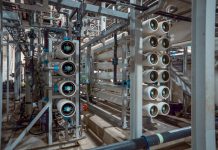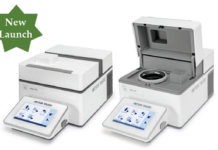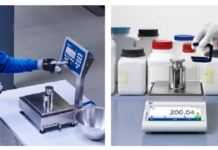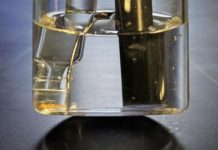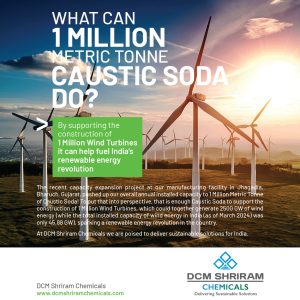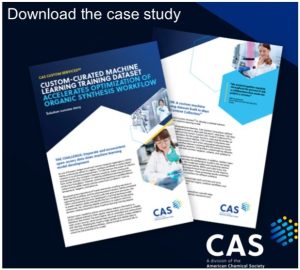Government scientists have flagged excessive levels of potentially harmful siloxanes in Indian beauty and personal care products, urging immediate regulatory checks. A recent study revealed that four in 10 such products contain siloxane well above the European Union’s (EU) guideline limits.
Study Uncovers Alarming Concentrations
Researchers from the National Environmental Engineering Research Institute (NEERI), a part of India’s Council of Scientific and Industrial Research, analyzed 174 products bought from local markets. They discovered that nearly 40% of these samples exceeded the EU’s safety threshold of 0.1% for both wash-off and leave-on items.
Shockingly, some products contained concentrations up to 760 times the EU limit. One item had 100 times the allowed amount, while another had 76% siloxane content—equivalent to 761 milligrams per gram.
What Are Siloxanes and Why They Matter
Siloxanes are silicon, oxygen, and carbon-based compounds widely used in cosmetics for their smooth texture, easy application, and quick-drying properties. However, certain form – particularly cyclic siloxanes D4, D5, and D6 – are under global scrutiny due to their environmental persistence and potential health risks seen in animal studies.
While no direct evidence yet links siloxanes in cosmetics to human harm, international research suggests these compounds can affect the lungs, liver, immune system, nervous system, and reproductive health in lab animals.
India Lacks Regulation as EU Enforces Strict Limits
In response to such concerns, the EU has classified D4, D5, and D6 as “substances of very high concern” and capped their use at 0.1% in personal care products. India, however, currently lacks any specific legislation to regulate siloxane concentrations in cosmetics.
NEERI’s findings highlight the urgent need for regulatory action in India to limit consumer exposure to these compounds through skin contact and inhalation.
D5 and D6 Most Common in Indian Samples
The NEERI team found that D5 and D6 were the most prevalent siloxanes in the sampled products. Specifically:
- D5 exceeded 10% concentration in 63 products (36%)
- D6 exceeded 10% in 39 products (22%)
These levels significantly surpass international safety standards and raise concerns about long-term consumer exposure.
Labels Don’t Tell the Full Story
Adding to the concern, NEERI’s study uncovered discrepancies in product labeling. In several cases, product ingredients listed on packaging did not match what the scientists detected in their lab tests.
For example, only half of the deodorants mentioned siloxanes, yet all tested samples contained them. Moreover, several makeup products—including primers, lip colours, and lip balms—contained over 1% siloxanes without any mention on the labels.
Previous Research Confirms Airborne Risk
These findings align with earlier research from the United States. A 2022 study by Purdue University found that cyclic siloxanes can linger in indoor air long after product use. During a single hair care session, individuals could inhale between 1 and 17 milligrams of the chemicals.
Lead researcher Nusrat Jung described the results as both unexpected and troubling.
“We didn’t expect such significant emissions from everyday products,” she said in a 2023 media release, calling the data “alarming.”
Her colleague, Jinglin Jiang, emphasized the role of ventilation in reducing exposure.
“Our model shows that turning on bathroom exhaust fans can reduce D5 inhalation exposures by over 90%,” Jiang noted.
Call for Urgent Action
The growing body of evidence underscores the need for regulatory oversight in India’s personal care industry. As reported by telegraphindia.com, as siloxane continue to draw concern globally, experts believe proactive steps—such as mandatory labelling, exposure limits, and consumer awareness – can help safeguard public health.







